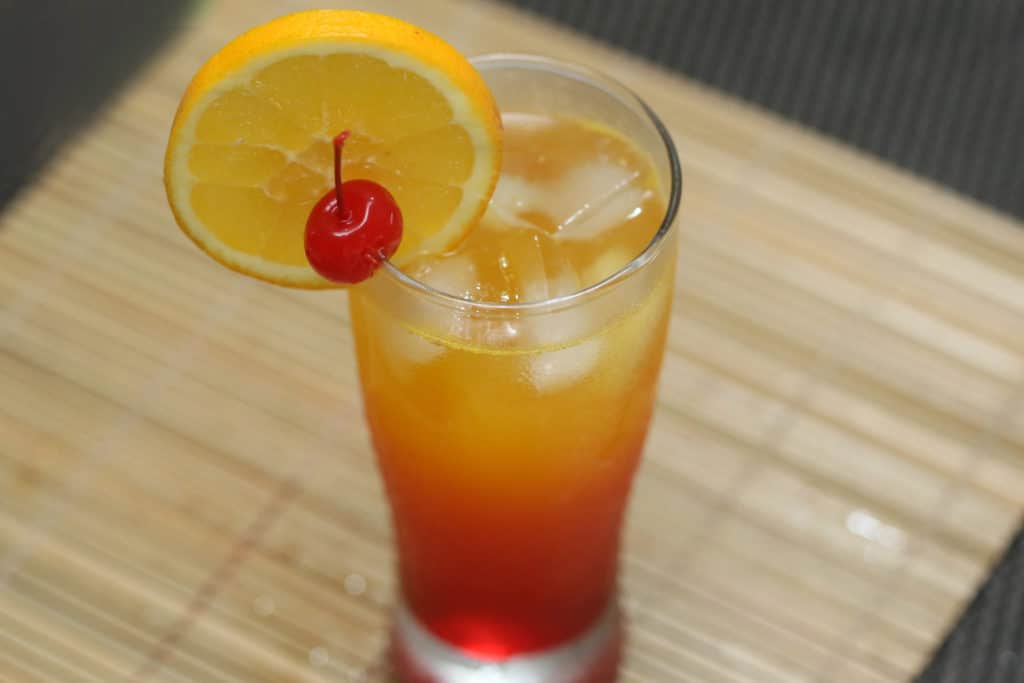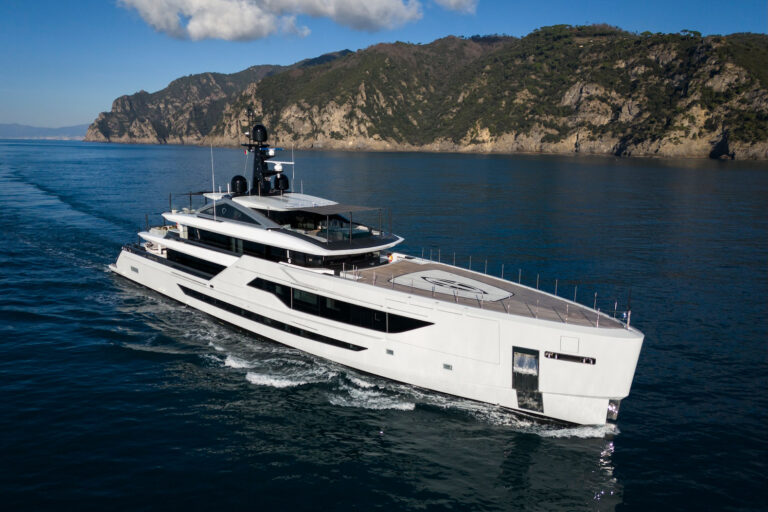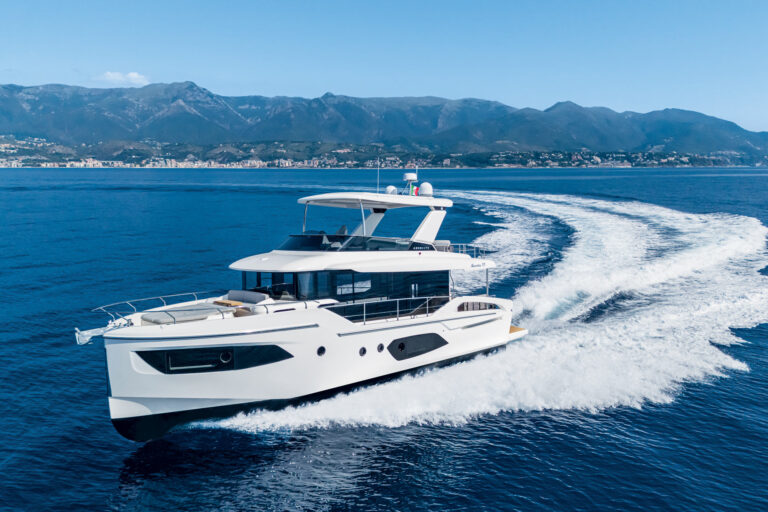
I’ve always thought the surf waters off Cabo San Lucas have the same color as a margarita made with blue curaçao. And a tequila sunrise is one of the world’s best-named drinks because it really is the color of the sun when it edges up from the sea south of Cancun. And if you’ve ever knocked back a sangrita, made with blood orange and tequila, you know the way the color of the sky at sunset off Bahia de Tortugas looks.
Tequila itself, of course, has no color, unless it’s an aged añejo, which takes on a pale golden hue. This fiery tequila is as much a part of the Mexican spirit as Scotch is of Scots and grappa of Italians. They may now make vodka in France and Malibu, but you’re never going to see a tequila imported from anywhere but the tequila belt around Jalisco. It used to be that every bar in every town in Mexico had maybe three or four tequilas on the shelf, and only a small following strayed from Margaritaville into the treacherous shoals of doing shots, with a lick of salt and lime-a technique called the “Mexican itch.”
These days, however, tequila has become a very varied thing, with producers coming out with a whole range of tequilas that are said to have been the favorite of Montezuma or Dennis Hopper, or made from a recipe discovered in a trunk once owned by Don Diego. As with everything to do with the spirits world, there is a good deal of mere hype in all this, but there is also a good deal of terrific tequila now coming out of Mexico. Now when you go into a Mexican restaurant in La Paz or Los Angeles, you’re likely to see dozens of tequilas arrayed above the bar.
Tequila, the name of which comes from a district in Mexico where it is made from the blue agave plant, is a big, ugly artichoke-like plant with sweet sap. This sap, called aquamiel, is roasted, fermented, double-distilled, then drawn off at about 105 proof, afterward reduced to about 85. By law tequilas have to have at least 51 percent of the spirits in the bottle made from the agave (the rest may come from cane or corn sugar).
Of course the better tequilas are made from 100 percent agave, and that’s when things get interesting: The basic tequila is “white” (blanca) or “silver,” while “gold” is an unaged silver variety colored and flavored with caramel. Reposado (“rested”) tequila is aged in wooden tanks or casks for at least two months, and up to nine in wood for the better bottlings. Añejo (“old”) tequila is aged in wooden barrels for a minimum of 12 months and up to four years-beyond that age the spirit may take on too much woodiness from the oak barrels.
For a long time, basic brands like José Cuervo and Sauza dominated a market that grew on the popularity of Jimmy Buffet’s loopy paean to the frozen margarita. You know the way it goes (in a legally necessary paraphrase): “I broke my sandal,/So I cut myself on a beer tab,/Went to the ER,/Then home to rehab on tequila.”
But true aficionados of tequila, and confirmed tequila cocktail drinkers like myself, wouldn’t think of diluting a good tequila with so much pulverized ice, much less strawberries or bananas. There are too many tequilas now worth drinking straight, and some of the brands have developed a cult following, like Chinaco (which achieved status as a favorite of Jack Nicholson) and Patron-both of which I think are overrated.
Cuervo and Sauza have hopped on the nueva tequila bandwagon with special bottlings and a cost that precludes them from being dumped into a cocktail shaker. I like José Cuervo 1800 and its Éspecial (supposedly the world’s best seller) and Sauza Tres Generaciones. But I am more impressed with the line from Herradura, a 225-year-old producer that uses agaves exclusively from its own farm and no additives. Its reposado, aged for 11 months, is a beauty, golden and richly satisfying, while its Seleccion Suprema, aged five years, should never go near a blender. At close to $400 a bottle, you sip it at sunset in the waters off Baja with only the closest of friends.
I recently came across a beautifully packaged tequila by Tequilera La Quemada called 4 Copas, aged for one year. Indeed, just putting the hand-blown glass bottle with its gold caballero design is pretty impressive, but the faintly gold elixir inside is really wonderful, bright and complex on its own, but too subdued to use to make a margarita.
No one has ever figured out the origins of the margarita or its name, with claimants abounding from a bar at the Caliente Racetrack in Tijuana to a bartender in Juarez. Whatever the real story, a classic margarita-without strawberries or bananas in it-is one of the world’s great drinks.
Margarita
- 2 ounces tequila
- 1 ounce Cointreau (very important)
- Juice of one lime (freshly squeezed)
- Combine all ingredients in a cocktail shaker with ice; shake vigorously. Strain into a martini glass (salt the rim of the glass if desired) and garnish with a lime wedge.
Tequila Sunrise
The story of the Tequila Sunrise is less obscure, the best claim having been made by a food and beverage manager at the Arizona Biltmore resort in Phoenix named Gene Sulit, who, sometime in the early 1940s, served it to a poolside guest soaking up the sun. A tequila sunset adds grapefruit juice to the blend below.
- 2 ounces tequila
- 1 ounce fresh lime juice
- 2 ounces orange juice
- 1 tsp. grenadine
- 1 tsp. crème de cassis
- Club soda
- Combine the first four ingredients in a cocktail shaker with ice; shake vigorously. Pour into a tall glass and top off with soda. Garnish with a slice of lime.
Bloody Bull
A bloody bull is a tequila variation on the vodka-based bloody Mary.
- 2 ounces tequila
- 4 ounces tomato juice 4 ounces beef bouillon Juice of one lime Dash of Tabasco sauce
- Pour all ingredients into a tall cocktail glass with ice; stir. Garnish with a lime slice or celery stalk.
Sangrita
Sangrita is a gorgeous drink, always slugged down in slender shot glasses. It’s a very good pick-me-up and makes a great accompaniment to guacamole.
- 2 ounces tequila
- 1/2 cup fresh blood orange juice
- 1/2 cup tomato juice
- Juice of one lime
- Dash of Worcestershire sauce
- Dash of Tabasco sauce
- Salt and freshly ground pepper
- Combine ingredients in a cocktail shaker with ice; shake vigorously. Strain into tall tequila shot glasses. Put on Herb Albert and the Tijuana Brass, and cue up… “Tequila!”









